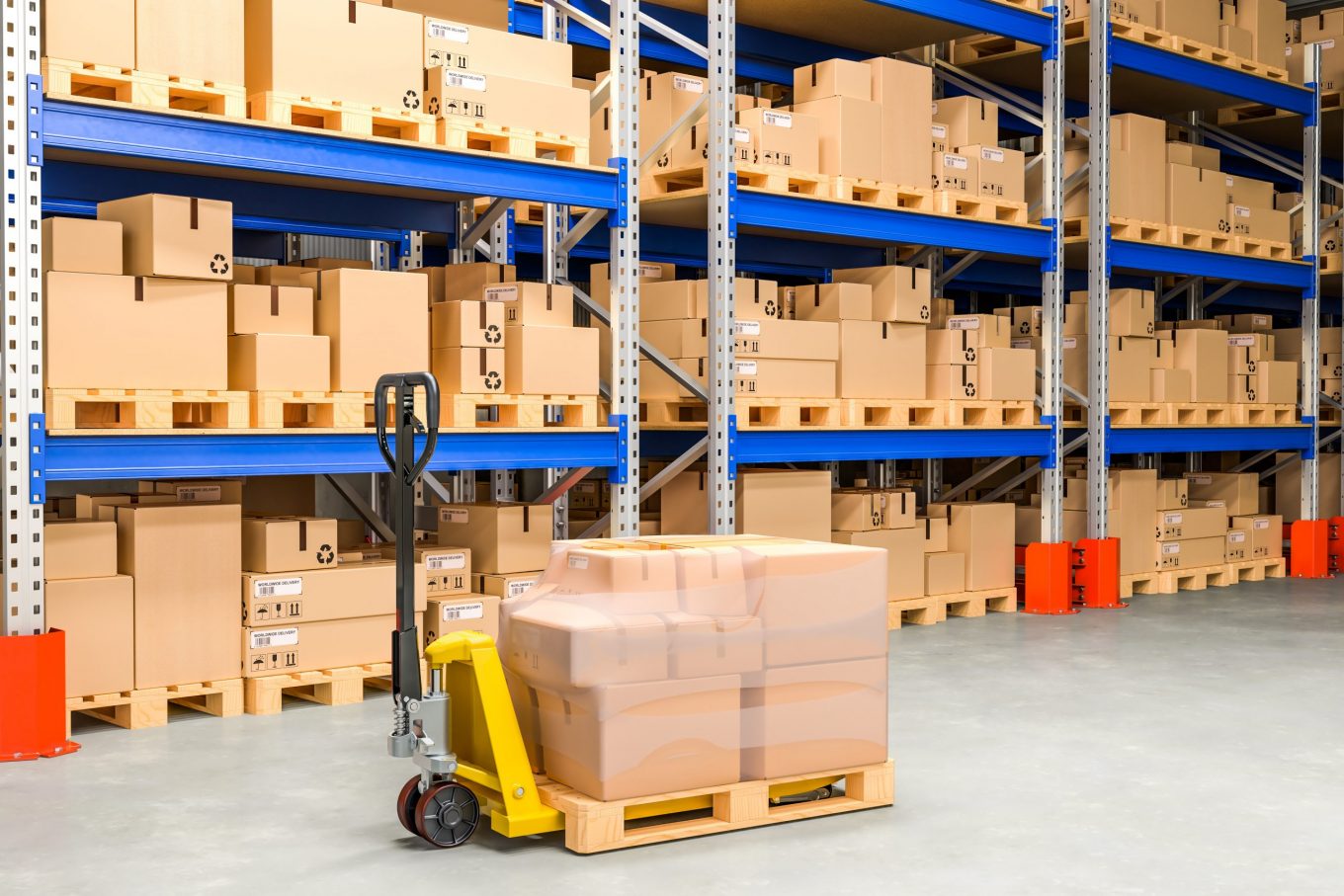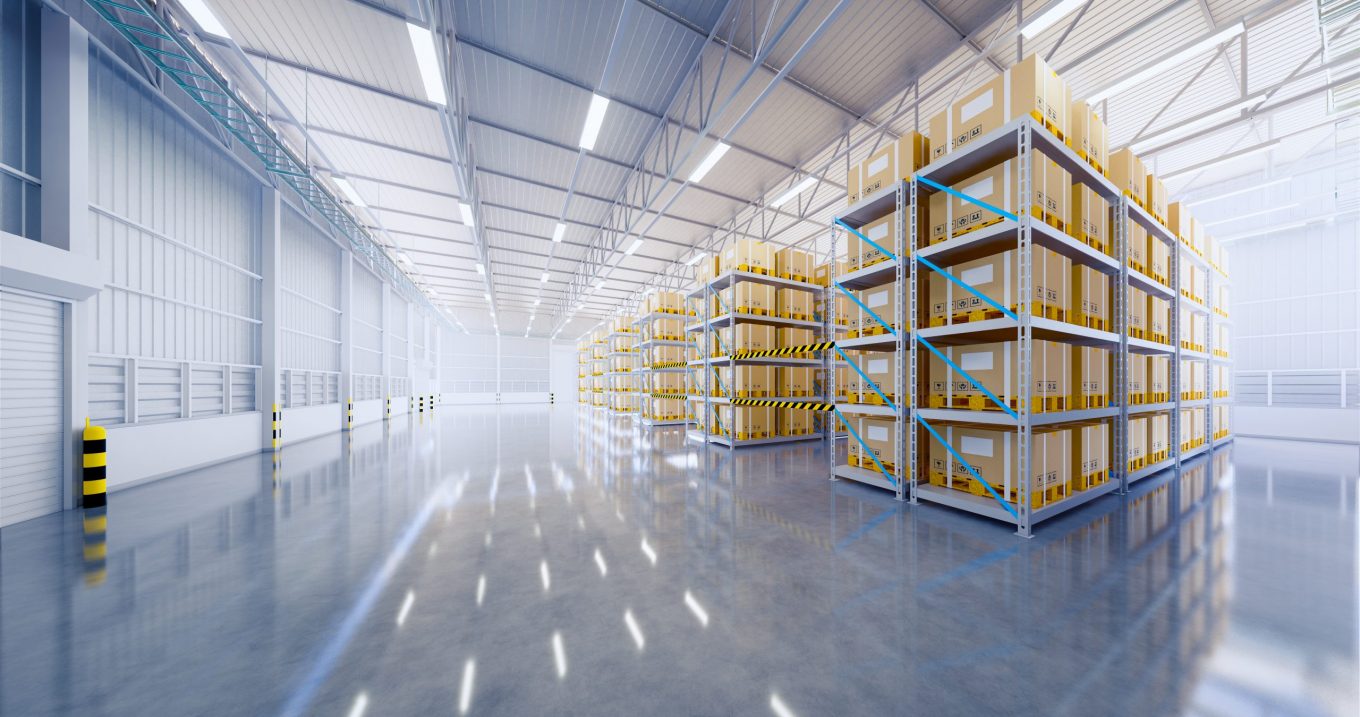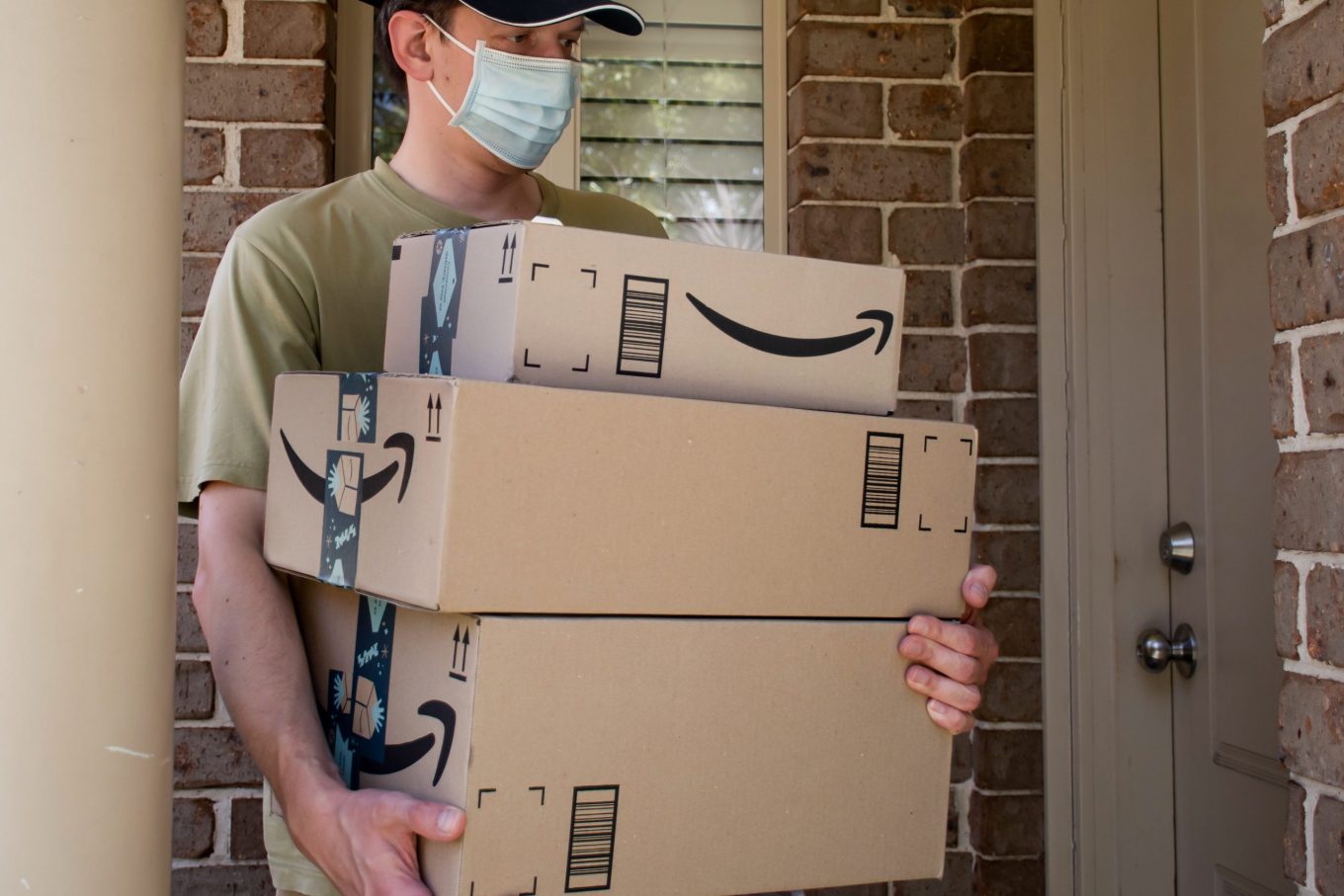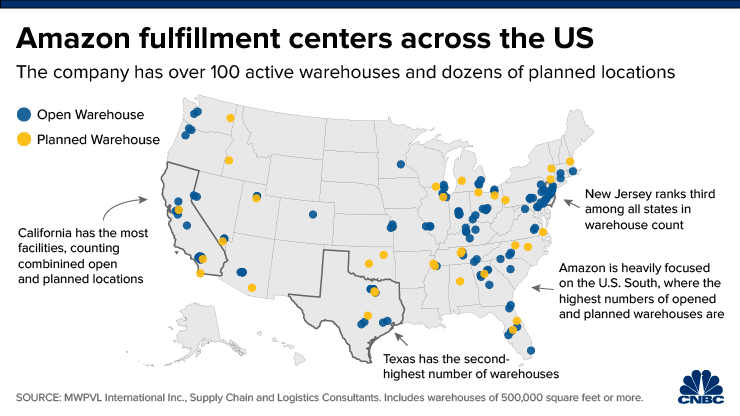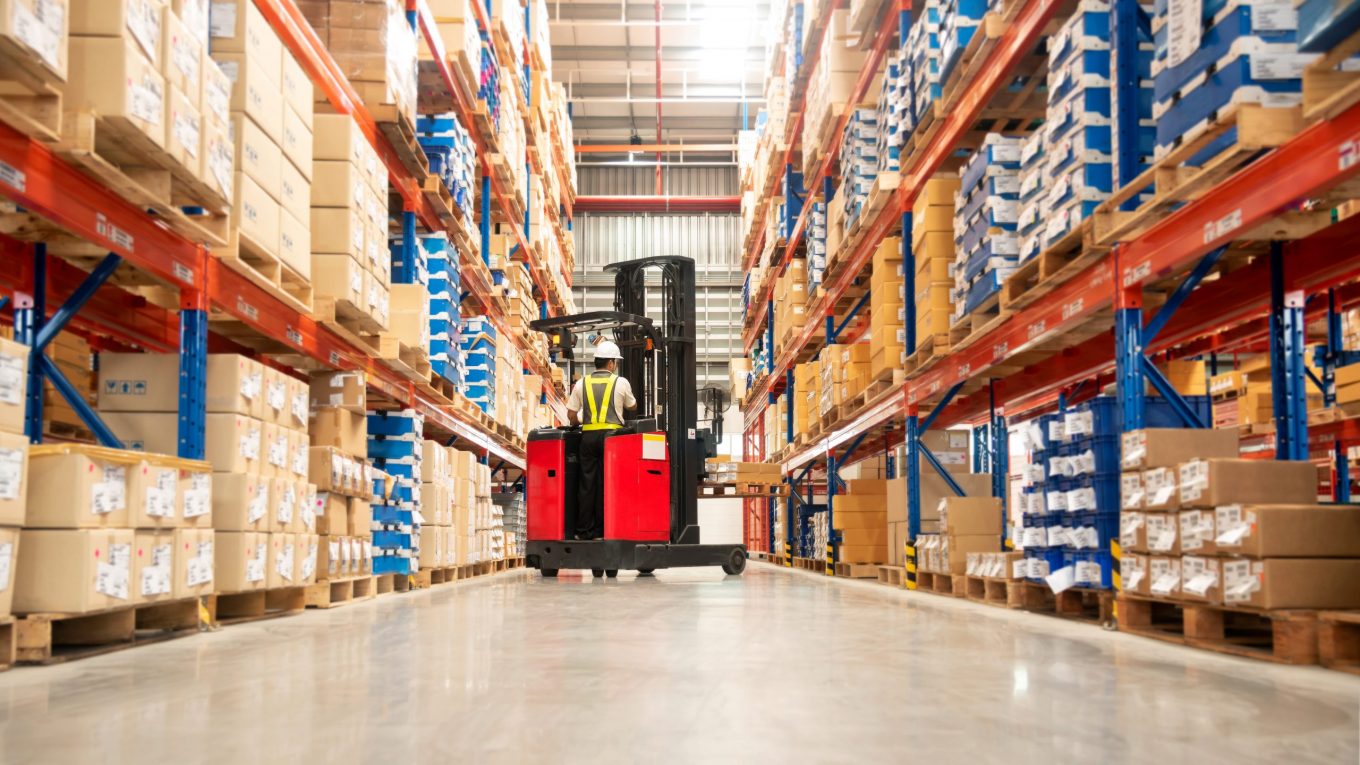Fulfillment by Amazon is rapidly growing in popularity, with more and more Amazon sellers and eCommerce business owners using it to fulfill their orders.
For those managing an online business or professional seller account on Amazon, optimizing your fulfillment supply chain is integral to delivering excellent customer service while minimizing shipping and storage fees.
A third-party distributor (known as a 3PL), such as Amazon FBA, offers online businesses an easier and more effective route for delivering their products to customers.
Whilst Amazon is an incredibly respected and reputable brand as an online marketplace, it is their streamlined fulfillment service that is propelling the Amazon business into mainstream news.
With such a strong rapport between sellers and Amazon FBA, the 3PL has cemented itself as a service that can help to transform your eCommerce business. Find out below how you can maximize your business profit today by utilizing fulfillment by Amazon FBA!
What Is Amazon FBA?
Amazon FBA stands for ‘fulfillment by Amazon.’ For those familiar with eCommerce distribution, FBA is a fulfillment service that will work on behalf of your online business to store and deliver products to customers.
Amazon fulfillment centers are available for use by both sellers on Amazon marketplace, as well as eCommerce sellers on other platforms. Therefore, any online business can use Amazon FBA to optimize its logistics process.
If you are not familiar with fulfillment centers, these are warehouses across the globe that will store your product listings in a secure, professional setting.
Each fulfillment center employs workers who receive order confirmations from your online business, enabling them to start processing customer orders ready for shipping.
An Amazon warehouse is no exception. Staff will stock incoming products, pick and process orders, and pack them ready for shipping, all while managing inventory levels.
As a result, business owners can focus on other important aspects of their business, knowing that their store’s fulfillment service is in great hands.
How Does FBA Work?
The Amazon FBA process may differ for each business depending on order locations or product type. Despite these small strategic anomalies, Amazon fulfillment centers tend to follow a general working pattern.
This is as follows:
-
- Business owners send their inventory to an Amazon Fulfillment center.
- Amazon FBA receives the stock and stores it safely. Business owners can oversee this process via Amazon’s online tracking system.
- Once a customer places an order, Amazon FBA staff will be immediately notified.
- Warehouse staff will then begin to pick, process, and pack the customer order. This will update inventory levels so that business owners can stay up to date with product numbers.
- Amazon FBA ship the order using the specified shipment method chosen by the customer at check out. Amazon will also provide tracking details for the customer to keep them updated.
- For any potential customer returns, Amazon FBA will deal with them in a quick, professional manner. The service offers ongoing support for any customer inquiries throughout the whole distribution process.
Amazon FBA fees
Storage and product fulfillment incur two separate fees under Amazon FBA. Storage fees can be paid monthly or as part of a long-term plan. Alternatively, fulfillment fees are paid per order.
These are usually automatically charged to your connected bank account with a receipt update sent to your email.
Amazon Fulfillment Fees
In terms of fulfillment, FBA sellers are charged a fee for each order completed, which are known as ‘FBA fees.’ The cost of each FBA fee is dependent on the weight, height, and overall size of each delivered item.
For example, a product that is 10 oz or less is considered small. Sellers will subsequently be charged $2.41 in FBA fees when Amazon fulfills an order of this size. On the other hand, a large order (between 3 and 21 lb) will cost $5.26.
There are also a few products that incur extra FBA costs, such as orders that include clothing items and lithium batteries. Clothing orders have an additional charge of $0.40 per unit, whereas products with lithium batteries cost $0.11 extra.
Specific prices will vary depending on order size, but in general terms, the larger and heavier an item is, the more expensive the FBA fees.
However, it is important to keep in mind that this fee will replace business owners having to pay for shipping themselves. FBA fees also cover the cost of warehouse staff, who pick, pack and process each order on behalf of the business owner.
Amazon Storage Fees
There are two types of storage fees for Amazon FBA: monthly and long-term. These costs depend on how much inventory business owners are storing in Amazon warehouses based on cubic feet.
When first signing up to the Amazon FBA program, you do not need to specify the exact time that your inventory will be in storage. Once your inventory arrives, Amazon will automatically set you up on a monthly storage fee but will consistently review your warehouse use. Long-term storage fees occur if inventory is still being held in the warehouse past the monthly fee time period.
Monthly Storage Fees:
Monthly storage fees are taken out of your account balance or bank account at the same time each month. The costs are as follows:
For standard-size products, from January to September, the charge is $0.69 per cubic foot. From October to December, the charge is $2.40 per cubic foot.
Oversize items will be charged $0.48 per cubic foot of storage space used from January to September, and $1.20 per cubic foot from October to December.
The increase in storage price reflects the busier months in Amazon warehouses during the holiday season. This encourages business owners to get rid of excess inventory that is slow selling in place of more marketable items.
Long Term Storage Fees:
Long-term storage fees occur when products have been stored in FBA inventory for 180 days or more. Amazon staff perform a warehouse sweep (similar to an inventory performance index) on the 15th of every month to record any slow-selling products.
If Amazon finds an item that has been stored in a warehouse for 180 days or longer, a long-term storage fee will be charged to the FBA seller. This long-term fee costs $6.90 per cubic foot of storage space.
Any products that have sat in an Amazon fulfillment warehouse for more than a year (365 days) will receive an extra charge of $0.15 per unit on top of the long-term storage fees.
How Does Amazon FBA Differ From Other Fulfillment Services?
Fulfillment by Amazon differs from other third-party fulfillment services due to its unique Amazon Prime branding. The well-known Amazon prime label invites more customers to view the product due to its access to fast and free shipping.
By using fulfillment by Amazon, each product listed automatically qualifies for Amazon Prime services. Consequently, if you are an Amazon seller, your products will further adhere to the Amazon algorithm, enabling more shoppers to see your listings.
Amazon FBA fees are also reactive to how well your products sell, with no need to pay a storage or fulfillment fee upfront. This personalizes the overall cost of the fulfillment process to FBA sellers, preventing overcharging.
Benefits Of Using Amazon FBA For Ecommerce Distribution:
When using a 3PL, eCommerce sellers must first identify frequent customer order locations in order to stock their products in a suitable warehouse setting. One of the main benefits of using fulfillment by Amazon is access to a wide range of Amazon warehouse locations.
FBA stores goods and products advertised by online sellers in Amazon’s fulfillment centers, which are located around the world.
This means that FBA sellers have a greater choice when it comes to choosing their warehouse locations, allowing them to place stock in regions closest to their customers. In turn, customers will receive more affordable shipping costs and a shorter delivery wait time.
For eCommerce businesses looking to sell internationally, using fulfillment by Amazon is a great way to maximize sales whilst minimizing stress.
Though Amazon FBA costs money, so does seller fulfilled prime and self-fulfillment! However, using Amazon FBA can actually help to maximize business profits by creating an optimized fulfillment supply chain. With fantastic customer service and a great shipping experience, customers are more likely to re-purchase.
How Does Amazon FBA Maximize Business Profits?
Amazon FBA can facilitate an increased business profit due to its cost-effective and reliable nature. The following attributes work together to supply a cohesive and thorough fulfillment experience for customers.
Optimized Logistics:
The Amazon fulfillment process formulates a logistics business model for a streamlined supply chain, based on their expertise. This process uses automated technology for better, more up-to-date streams of communication.
Automation within distribution enables warehouse staff to start working on picking and packing orders as soon as they come through. In turn, this speeds up the customer’s delivery wait time as the order will be sent out for shipping more quickly.
Furthermore, business owners will be able to track the progress of each fulfillment and stay on top of inventory levels. This reduces the risk of backorders and the increased access to data enables sellers to observe purchase trends.
As a result, eCommerce sellers can offer a better overall customer experience when using Amazon FBA.
Competitive Shipping Costs:
When using Amazon FBA, you do not have to pay for shipping. Instead, you will be charged a fulfillment fee that encompasses the whole distribution process, as well as the overall product shipping weight.
Items listed under FBA are also eligible for free shipping to customers and Amazon Prime’s free two-day shipping service. Customers have the choice to select these shipping options at no extra charge to the seller account.
As a result, more FBA sales are likely to be made with this wider range of competitive shipping options and costs.
If you already self-fulfill orders every day, paying for these individual shipping costs is actually likely to be more expensive than using the FBA program! Therefore, you can reduce shipping costs for both you and your customers using FBA.
Professional Fulfillment Centers:
When using fulfillment by Amazon FBA, you can access warehouses for unlimited storage space. Amazon stores products in a secure and safe manner, utilizing space-saving storage solutions to reduce overall fees.
For businesses with fragile items, these will be handled and stocked accordingly by experienced members of staff. With better quality control, the risk of returns due to broken items is decreased, saving you time and money.
Automation within these warehouses also enables staff to fulfill orders more quickly and accurately, minimizing the risk of human error.
Customer Service Management:
FBA provides customer service for the order and shipping process, for better communication with customers. In case of any returns, FBA can manage this professionally and quickly without compromising on fantastic customer service.
With a wide range of shipping options, automated distribution updates, and a speedy delivery time, customers can enjoy an excellent shipping experience.
This is essential for online businesses as one bad review can ruin a brand’s reputation and prevent sales. In fact, a customer survey found 84% of shoppers won’t re-purchase from a brand if they have experienced an unsatisfactory delivery service.
With quality control, automation, and a direct line of customer communication, Amazon FBA can help to prevent unnecessary customer returns and decrease overall fulfillment and return costs.
Reach More Customers:
Market research shows that Amazon Prime customers spend more than regular customers, with those on Prime averaging sales of $1,400 a year compared to regular customers who spend around $600.
Consequently, by using Amazon FBA, your products automatically qualify for Prime. This means that your products reach a wider audience who are willing to spend more.
Ecommerce and Amazon sellers can also enjoy access to a more global, international market when using Amazon FBA due to its large number of fulfillment centers.
According to Amazon, the company has over 110 active fulfillment centers based in the USA, and more than 185 warehouse centers across the globe!
Conclusion
In summary, Amazon FBA is a cohesive, streamlined fulfillment supply chain that is committed to providing great customer service. The overall fees are cost-effective and responsive to your business’s sales, aiding seller flexibility.
The FBA service can maximize business profits by ensuring an excellent customer shipping experience, with fast and inexpensive delivery.
At CoShipper, we go beyond acting as an Amazon FBA freight forwarder company, but focus on Seller success including FBA seller training, Seller account management and optimization. We work with Amazon FBA to provide secure, customer-centric shipping to help boost customer satisfaction and seller profit. For a transparent and accessible service, whether you are a small or large business, check out what CoShipper can do for your store today.
CATEGORY
1 on 1 Dedicated Managers
for Personalized Solutions as your very own dedicated in-house team
CUSTOMER CENTRIC
success for our customers at the heart of every action
Transparent & Trusted
clear cut processes trusted by 2000+ global sellers & brands

Amazon Seller Solutions Providers
servicing Amazon’s Global Sellers across Global Marketplaces

